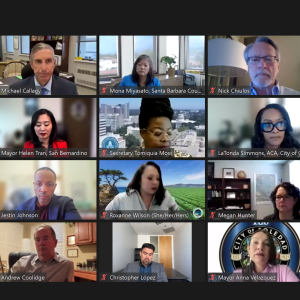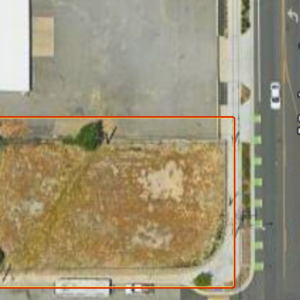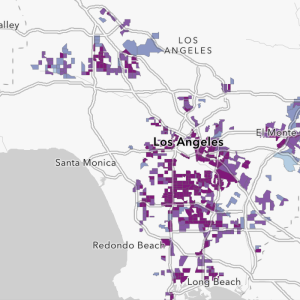 View Winners →
View Winners → 
Online visibility is crucial for effective marketing strategies. Every business needs a clear and concise website in order to rank high on search engines. This web platform serves as a landing page for your target audience and search query visitors. If your website is outdated, lacks business information, or simply does not exist, your business is sure to feel the effects. Of course, simply having a website is not enough to drive traffic. You want your business site to be easily navigable and comprehensive. When it comes to SEO (search engine optimization), the little details don’t just matter, they are the priority. These tips are sure to help you utilize the best SEO practices to position your page effectively in the digital space.
Verify Your Web Host
For starters, you want your website to be easy to find. Pay for the domain name that you want (‘BobJonesElectrical.com’ looks a lot better than the free ‘Bob_Jones2000Electrical.com’). Generally, web domains charge a monthly or annual fee to secure your site name of choice. Create something concise and comprehensive that clearly articulates your brand labeling. Once you have your brand name established, find a reliable web domain to host. Platforms such as GoDaddy, DreamHost, and Hostinger are well-known and verified web hosting services.
Organize Your Sitemap
Believe it or not, your website layout crucially impacts your search ranking. Page navigability and consistent messaging don’t just reduce bounce rates, but they also affect how search engines rank them. Google SEO largely favors a user-friendly setup and clean site layout. Start with a skeleton outline of the general concepts within your site. Add the essential elements of a website, such as an about page, contact page, an engaging home page, and a blog section for future articles.
Conduct Keyword Research
Keyword usage is another element of Google SEO analytics. It is also just good practice to utilize your designated keywords frequently within your web content. Of course, to do this, you must first have your keywords denoted. Conduct keyword research surrounding your brand and target market to determine which words are a top priority. Also, work to include your brand name liberally within your site copy. Keywords are another reason why hosting a blog section on your website is important. Publishing relevant articles ensure you can organically pepper in your desired keywords throughout your site.
Learn About Tracking & Analytics
Before you hit “publish” on your brand new site, take the time to learn how tracking and analytics work in the digital space. If you are new to the world of SEO, let Google Analytics help you get your bearings. Once you create an account via Google Analytics, you have access to valuable information regarding customer behavior, conversions, and geo-locations. This platform allows you to track and view key metrics across your web platform to help influence future ads and alterations.
Create Content Before Launch
Though this may seem unnecessary to note, it is important to ensure that your website is fully completed before publishing and promoting. Unfinished pages, inaccurate information, and broken links only increase the bounce rate on your website. Work to maintain a visually appealing and aesthetically consistent layout on each page, with ample copy brimming with keywords. Videos are another great way to offer a comprehensive message while keeping the audience’s attention.











































































































